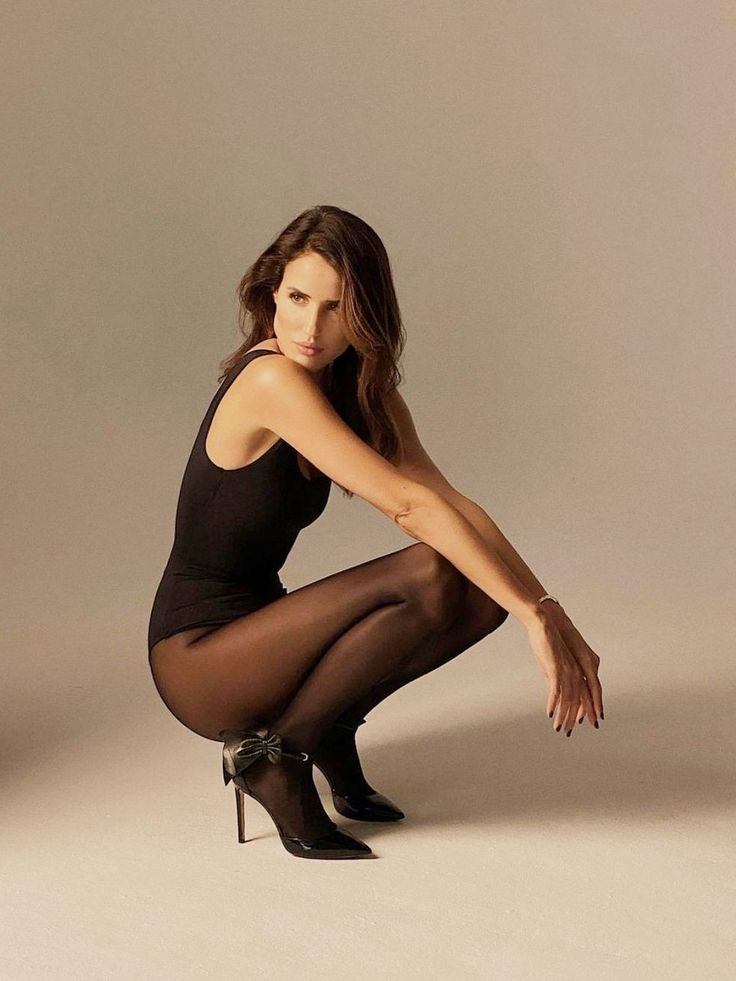For photographers, a portfolio is more than a collection of images—it’s a powerful storytelling tool that showcases your talent, creativity, and unique style. Whether you’re just starting out or looking to revamp your existing portfolio, this comprehensive guide will help you create a stunning photography portfolio that leaves a lasting impression on clients, collaborators, and viewers alike.

Why Do You Need a Photography Portfolio?
A well-crafted portfolio is your gateway to opportunities. It serves as a visual resume that communicates your expertise and artistic vision. Here are the main reasons why a portfolio is essential:
1. Attracts Clients
Potential clients often rely on portfolios to evaluate whether a photographer’s style aligns with their needs. A strong portfolio can help you secure bookings for weddings, events, or commercial projects.
2. Highlights Your Strengths
Your portfolio allows you to focus on your best work, emphasizing your technical skills, creativity, and ability to tell a story.
3. Builds Credibility
A polished and professional portfolio establishes your authority in the field and shows that you take your craft seriously.
Step 1: Define Your Niche and Style
Before diving into the creation process, take time to identify your niche and style. Defining these aspects will guide your portfolio’s structure and content.
Identify Your Niche
Some popular photography niches include:
- Portrait Photography: Capturing individual or group portraits.
- Wedding Photography: Documenting special moments of a couple’s big day.
- Lifestyle Photography: Telling stories through candid and natural images.
- Product Photography: Showcasing products for marketing purposes.
- Fine Art Photography: Creating artistic and conceptual imagery.
Choose a niche that aligns with your interests and career goals. Specializing in a specific area can help you stand out in a competitive market.
Understand Your Style
Your style is the unique way you approach photography. Consider these elements:
- Lighting: Do you prefer natural light, studio setups, or moody tones?
- Composition: Are your images minimalist, dramatic, or experimental?
- Post-Processing: How do you enhance your photos in post-production?
Defining your style makes your portfolio cohesive and memorable.
Step 2: Curate Your Best Work
Your portfolio should showcase only your finest work. Quality matters more than quantity, so be selective when choosing images.
Tips for Selecting Images
- Showcase Diversity: Include a range of subjects, settings, and techniques.
- Highlight Your Strengths: Focus on the types of photography you excel at.
- Avoid Redundancy: Ensure each image adds value and doesn’t repeat similar concepts.
Seek Feedback
Ask trusted colleagues, mentors, or friends for their opinions on your selections. Fresh perspectives can help you identify standout images and areas for improvement.
Step 3: Organize Your Portfolio
An organized portfolio enhances user experience and ensures your work is presented effectively.
Choose a Format
There are two primary formats for portfolios:
- Physical Portfolio: A printed collection of images presented in an album or book.
- Digital Portfolio: A website or online gallery that showcases your work.
Digital portfolios are more versatile and accessible, making them ideal for modern photographers.







Group by Theme or Project
Organize your images into categories or projects. For example:
- Weddings
- Portraits
- Landscapes
- Conceptual Projects
This structure makes it easier for viewers to navigate your portfolio and find relevant examples.
Step 4: Build a Professional Website For Photography Portfolio
A website is a must-have for photographers. It’s your online presence and a hub where potential clients can explore your work, learn about you, and contact you.
Choose the Right Platform
Popular website builders for photographers include:
- Squarespace: Known for its clean and professional templates.
- Wix: Offers customization and user-friendly tools.
- SmugMug: Tailored for photographers, with built-in portfolio features.
Design Tips
- Keep It Clean: Use a simple layout that highlights your images.
- Optimize for Speed: Ensure your site loads quickly by compressing image files.
- Mobile-Friendly: Make sure your site looks great on all devices.
Include Key Sections
- About Me: Share your story and approach to photography.
- Portfolio: Display your curated images.
- Services: Outline the types of photography you offer.
- Contact Information: Make it easy for clients to reach you.
Step 5: Showcase Your Personality
Your portfolio should reflect not only your technical skills but also your personality and artistic vision. Let your individuality shine through.
Add Personal Touches
- Share the stories behind some of your favorite images.
- Include a video introduction or behind-the-scenes footage.
- Use your own voice in the website copy.
Engage with Viewers
Encourage interaction by adding features like:
- Testimonials: Share positive feedback from past clients.
- Blog: Write posts about your experiences, tips, or recent projects.
- Social Media Links: Connect your portfolio to your social profiles.
Step 6: Continuously Update Your Portfolio
A great portfolio is never static. Regular updates keep your work fresh and relevant.
Add New Work
As you complete new projects, evaluate whether they should be added to your portfolio.
Remove Outdated Images
Over time, your skills and style may evolve. Remove older work that no longer represents your best efforts.
Monitor Analytics
If you have an online portfolio, track visitor data to understand which images or sections are most popular. Use this insight to refine your portfolio.
Common Mistakes to Avoid
Overloading with Images
Too many images can overwhelm viewers. Focus on quality over quantity.
Inconsistent Style
A lack of cohesion can confuse viewers. Ensure all images align with your defined style.
Neglecting SEO
Optimize your website with keywords, alt text for images, and meta descriptions to improve visibility in search engines.
Conclusion
Building a stunning photography portfolio is a journey that requires thought, effort, and creativity. By defining your niche, curating your best work, and creating a professional online presence, you can showcase your talent and attract the opportunities you deserve. Remember, your portfolio is a reflection of you—make it authentic, captivating, and unforgettable.

Mobile Photography Hacks: Candid Moments with Your Phone

Professional Model & Portfolio Photoshoots: Show Your Best Work
-

Street Photography Tips, Effects & Poses – Complete Guide
-

Leica Q2 for Photography: Why It’s Loved by Photographers
Mobile Photography Hacks: Candid Moments with Your Phone
Discover high-impact mobile photography hacks to capture genuine, gorgeous candid moments with your phone. Learn practical tips, composition secrets, and pro techniques to turn everyday scenes into stunning visual stories. Introduction: The New Age of Mobile Photography Photography has evolved beyond heavy cameras, technical jargon, and expensive equipment. Today, the power to capture extraordinary moments
Professional Model & Portfolio Photoshoots: Show Your Best Work
” Discover how to plan, style, and execute stunning portfolio photoshoots that showcase your skills, personality, and versatility. This comprehensive guide covers professional tips, posing ideas, gear suggestions, and industry insights for models and photographers.” Introduction – Why Portfolio Photoshoots Are the Cornerstone of a Photographer’s Career A well-crafted portfolio photoshoot is more than a
Street Photography Tips, Effects & Poses – Complete Guide
Discover the ultimate guide to Street Photography with expert tips, creative effects, and dynamic poses. Learn how to capture authentic urban moments, master composition, and tell powerful visual stories through your lens. Article Outline 1. Introduction to Street Photography Street Photography is more than just taking pictures of people in public spaces — it’s about
Leica Q2 for Photography: Why It’s Loved by Photographers
Introduction: The Cult Status of the Leica Q2 The Leica Q2 is not just a camera—it’s a statement. Combining the heritage of German precision engineering with modern digital excellence, it holds a special place in the hearts of professional and passionate photographers alike. With its full-frame sensor, prime Summilux lens, and minimalist design, the Q2
Top Cameras Under ₹1 Lakh for Freelance Photography
Freelance photography is no longer a niche—it’s a booming creative profession that demands not only vision and hustle but also the right gear. Your camera isn’t just a tool; it’s your storytelling partner. If you’re a freelance photographer aiming to balance performance, versatility, and budget, investing in a cameras under ₹1 lakh can offer the
Top Features of Nikon D850 That Make It Ideal for Photoshoots
Explore the top features of the Nikon D850 that make it a powerhouse for photoshoots. From exceptional resolution to dynamic range, this detailed Nikon D850 guide is built for professional and aspiring photographers. 1. Introduction When Nikon launched the D850, it quickly earned a reputation as a flagship DSLR that redefined what photographers could expect





